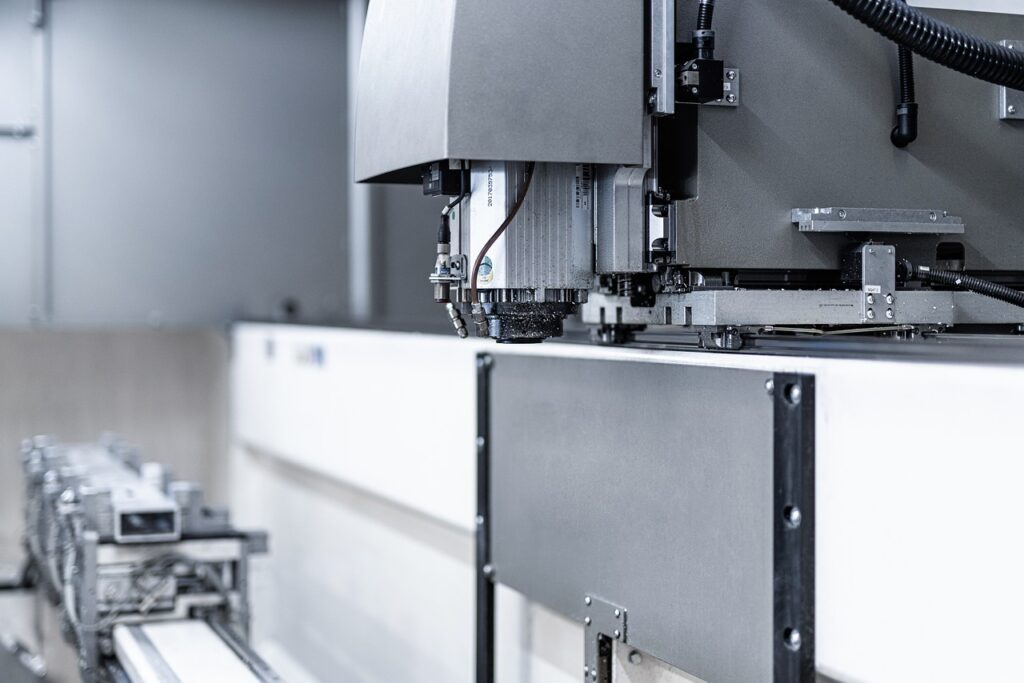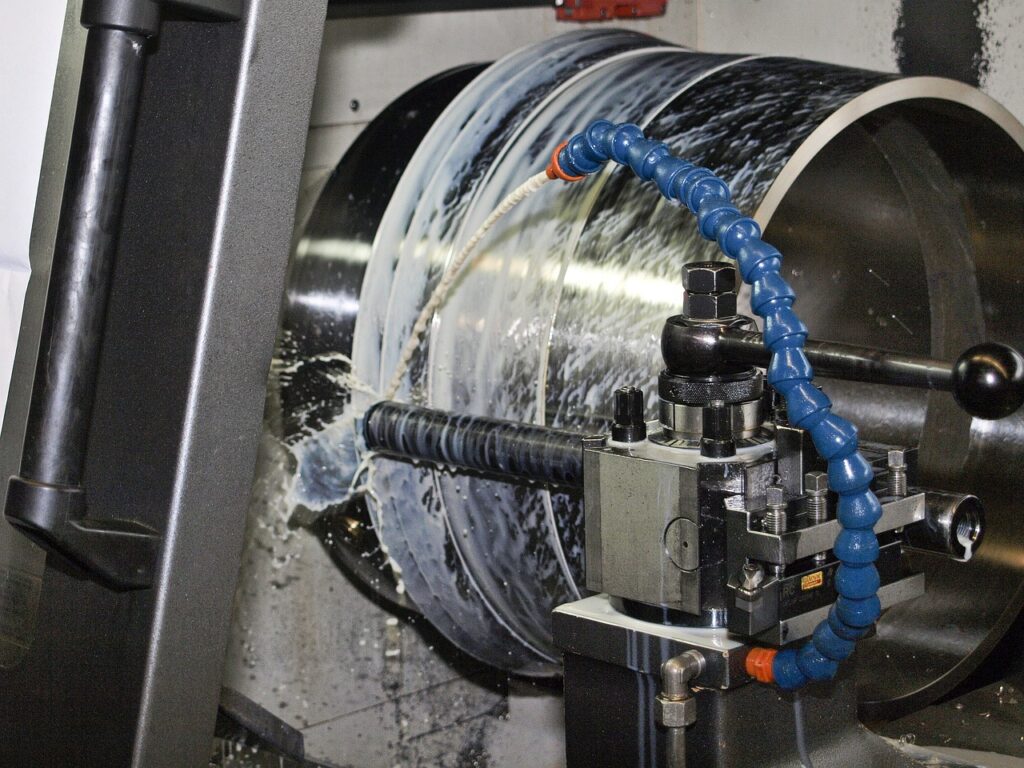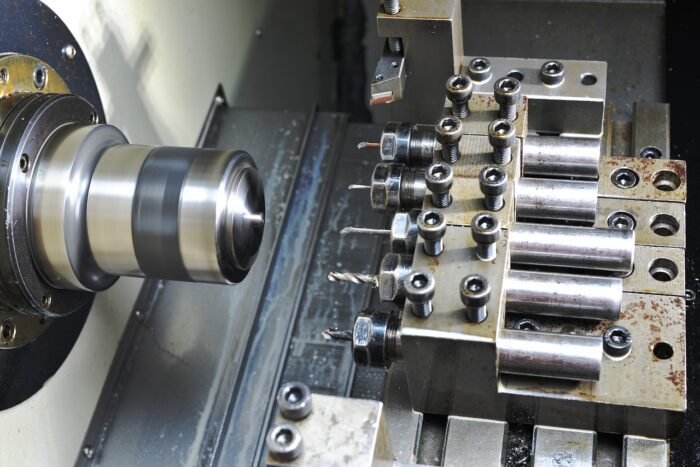What is Tight Tolerance in Machining?
In the world of machining, the term “tolerance” refers to the permissible limit or limits of variation in various aspects of a mechanical part—this could be dimensions like diameter, length, or angle. When we speak of “tight tolerance,” we’re essentially talking about the narrowing of these permissible limits.
Tight tolerances are incredibly critical in applications where even the smallest deviation could lead to catastrophic results, such as in aerospace components, medical devices, and high-performance automotive parts. To put it in perspective, a “standard” tolerance may permit a variation of a few hundredths of an inch, whereas a “tight” tolerance could be as stringent as a few ten-thousandths of an inch.
Managing tight tolerances calls for a thorough understanding of every aspect of the machining process, from the type of material used to the capabilities of the machining tools, as well as the skill and experience of the machinist.
What are the Benefits of Tight Tolerance Machining?
Enhanced Performance
One of the foremost advantages of maintaining tight tolerances is the increase in performance. Parts that fit precisely as intended are less likely to wear down quickly, vibrate, or fail. This is particularly critical in high-performance industries like aerospace, where even a minuscule discrepancy can lead to critical failure.
Interchangeability
Manufacturing to tight tolerances also facilitates part interchangeability. For instance, if you are manufacturing a component that will be part of a larger assembly, maintaining a tight tolerance ensures that your part can be easily replaced with another without any modification. This is highly beneficial for mass production where uniformity across all units is paramount.
Reduced Scrap and Rework
Achieving tight tolerances right the first time can significantly reduce the cost of scrap and rework. A part that doesn’t meet the tight tolerance criteria is often unusable and has to be either discarded or modified, adding to the time and cost of the project.
Quality and Reputation
Continually adhering to tight tolerances builds quality into your products. This not only helps in meeting the rigorous standards of various industries but also solidifies your reputation as a reliable and high-quality manufacturer.

Tips for Maintaining Tight Tolerances
Understanding Material Behavior
Different materials behave differently under machining. For example, some metals expand under heat, affecting their dimensions and thereby potentially violating the prescribed tolerances. Having a deep understanding of material properties helps in selecting the appropriate machining processes, thus ensuring that tolerances are maintained.
Machine Calibration and Maintenance
Regular calibration of your machining tools is crucial. Over time, tools can wear down, affecting their performance and, subsequently, the tolerances they can maintain. Scheduled maintenance should be more frequent when tight tolerances are consistently required.
Skilled Labor
Having an experienced machinist can make all the difference in maintaining tight tolerances. Understanding the intricacies of how different factors like speed, feed, and depth of cut interact is essential for achieving the desired tolerances.
Monitoring and Feedback
Even with the most modern machines and skilled operators, continuous monitoring is crucial for maintaining tight tolerances. Real-time data collection and analysis can provide valuable feedback, allowing for instant adjustments to be made. This ongoing monitoring reduces the likelihood of producing out-of-tolerance parts, thereby reducing scrap and rework.
Quality Control
Implementing a rigorous quality control process is a must. Every part should be inspected and measured to ensure it falls within the defined tight tolerances. If deviations are found, immediate corrective action should be taken to identify and rectify the cause.
Suggestions for Achieving Tight Tolerances with Your CNC Machining Services
Choice of Machine
Not all CNC machines are equal when it comes to maintaining tight tolerances. Opt for machines that are specifically designed for high-precision work. Machines with higher spindle speeds, more rigid setups, and advanced feedback systems tend to be more capable in this regard.
Tool Selection and Maintenance
Using the right tool for the job is a staple in any form of machining, but it becomes even more critical when dealing with tight tolerances. Ensure your tools are not only suitable for the material you are working with but are also in excellent condition. Dull or worn-out tools can lead to dimensional inaccuracies.
Use of Coolants
Heat can be a significant factor affecting the dimensions of a workpiece. Effective use of coolants not only extends the life of the tool but also stabilizes the temperature of the workpiece, reducing the chances of deviation from the intended dimensions.
Simulate Before You Cut
Advanced CNC software allows you to simulate the entire machining process, helping you foresee any potential issues that may arise during the actual operation. Running a simulation can help you adjust your settings and strategies beforehand, increasing the odds of achieving tight tolerances.
Post-Processing
Sometimes, achieving the tightest tolerances requires post-processing like grinding, honing, or lapping. While these add to the production time and cost, they can be indispensable for meeting the strictest specifications.
Q and A’s on Tight Tolerance Machining
Q: How do I know if I need tight tolerances for my project?
A: The need for tight tolerances generally arises from the function of the part you are producing. If your component is a part of a high-precision assembly like aerospace components or medical devices, it’s quite likely that you’ll need to adhere to tight tolerances. Consulting with engineers and reviewing industry standards can provide further guidance.
Q: What factors can affect my ability to maintain tight tolerances?
A: Material properties, machine calibration, tool condition, and operator skill are primary factors. Environmental conditions like temperature and humidity can also play a role.
Q: Is it more expensive to machine to tighter tolerances?
A: Generally, yes. Achieving tighter tolerances usually requires more time in terms of machine setup and slower cutting speeds to ensure accuracy. It may also entail more frequent inspections and potentially more scrap and rework, all contributing to higher costs.
Q: Can all materials be machined to tight tolerances?
A: While many materials can be machined to tight tolerances, some are inherently more challenging due to their physical properties. For instance, softer metals may deform more easily during machining, making it more difficult to maintain tight tolerances.
Q: How does tight tolerance affect lead time?
A: Typically, aiming for tighter tolerances can extend the lead time of a project. This is because of the additional time required for machine setup, slower machining speeds, and any necessary post-processing steps.
By being conscious of the requirements and complexities involved in tight tolerance machining, one can better navigate the challenges to produce high-quality, high-precision parts. It involves a careful selection of machines, tools, and processes, backed by skilled operators and stringent quality control measures. Thus, achieving tight tolerances is not just a technical requirement but a comprehensive approach to ensuring the highest quality in manufacturing.
Should Machine Shops Have CNC Machine Tools Calibrated Regularly?
Absolutely, regular calibration of CNC machine tools is not just a best practice—it’s often a necessity for maintaining tight tolerances. Over time, factors like wear and tear, temperature fluctuations, and even electrical supply variations can drift a CNC machine out of its calibrated state. When this happens, the machine can produce parts that don’t meet the required tolerances, leading to increased rates of scrap and rework, thereby affecting productivity and costs.
Regular calibration ensures that the machine performs consistently and accurately over its operational life. It aids in the early detection of issues that could compromise the machine’s precision capabilities, thereby allowing for corrective actions before these issues lead to bigger problems. Typically, the frequency of calibration depends on the machine’s usage, the precision level required, and industry-specific guidelines. However, when tight tolerances are consistently required, more frequent calibrations are recommended.

Does a CNC Machine Warmup Affect Close-Tolerance Machining?
Yes, a CNC machine warm-up can have a significant impact on close-tolerance machining. CNC machines are complex systems where mechanical and electrical components work together in close coordination. As these components warm up, they may expand ever so slightly. Though these expansions are generally minimal, they can still lead to a level of variance that could exceed tight tolerances.
Conducting a proper warm-up cycle before starting the machining process allows the machine to reach a stable operating temperature. This stability makes it more likely that the machine will produce parts within the defined tolerances. Many high-precision CNC machines come with warm-up routines built into their control software. It’s advisable to follow the manufacturer’s guidelines on how best to warm up the machine for optimal performance.
Where Can You Find Reasonably Priced CNC Machines That Can Maintain Tight Tolerance Dimensions?
When it comes to finding a cost-effective solution for CNC machines capable of maintaining tight tolerances, several avenues are worth exploring:
Authorized Dealers
Start by looking for authorized dealers who specialize in high-precision CNC machinery. They often have the latest models and can provide detailed specifications that can help you make an informed decision. Additionally, they offer warranties and post-purchase services, ensuring you have long-term support.
Industry Auctions
Machines used in industries that require high precision are often well-maintained and calibrated to meet tight tolerances. When companies upgrade their machinery, they frequently auction off their older, yet still highly capable, CNC machines. Such auctions can be a goldmine for finding reasonably priced high-precision equipment.
Online Marketplaces
There are specialized online platforms and forums where used CNC machines are sold. While these can be a bit of a gamble in terms of quality, you can sometimes find machines that are in excellent condition at a fraction of the price of a new one. Make sure to check the reviews and ratings of sellers and, if possible, inspect the machine personally before making a purchase.
Overseas Manufacturers
Though it may involve some risk and require thorough due diligence, purchasing from reputable overseas manufacturers can sometimes yield cost benefits without compromising on the quality needed for tight-tolerance machining.
Financing Options
Another approach is to look for companies offering financing or leasing options. While you still get a top-quality machine capable of tight-tolerance machining, spreading the cost over a period can make the investment more manageable.
Finding a reasonably priced CNC machine that can maintain tight tolerances is not just about looking for the cheapest option but finding a machine that offers the best value for its capabilities. In the long run, the cost savings from reduced scrap and rework, as well as the ability to meet stringent quality standards, will more than justify the investment.
